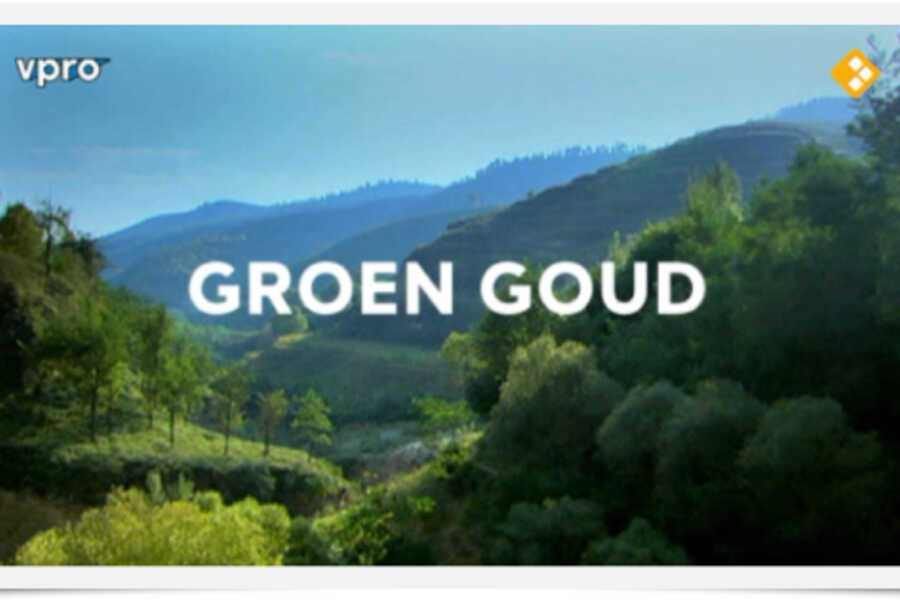Restoring ecosystems not only provide environmental benefits, but also economic. Two years ago showed the makers of Tegenlicht in the broadcast ' Green Gold ' that greening deserts is quite possible . They followed the US-China cameraman and ecologist John D. Liu. He fell under the spell of the restoration of landscapes when asked to film the greening of the Loess Plateau in China. The images of the landscape before and after are amazing.
Our current model of overcroping needs to be replaced, we need another model. The model presented by John D. Liu can restore the hydrological function and restore furtility of degraded land. Tt has proven itself that it works.
That this can work, we see in Egypt. In 1977, Dr. Ibrahim Abouleish started SEKEM, an experiment to greening the desert near Cairo. In 2014 SEKEM has become the main supplier of organic products in Egypt and beyond. Dr. Abouleish has built not only a thriving business in the desert but a complete community with schools and private medical and cultural facilities. A better proof that greening and social innovation go hand in hand is almost impossible to find .
An other examples in the documentary is the Indian Jadav Molai Payeng. When he was 17 , he worked for a replanting project in the province of Assam. After the project was completed and the other workers were gone, he decided to personally to continue planting trees. Meanwhile, 'his' Molai forest spans 300 hectares and is populated by elephants, Bengal tigers, deer, rhinos and countless birds. In India Payeng is called 'The Forest Man' because he has managed to create a jungle.
Groen Goud 2, VPRO Tegenlicht, http://tegenlicht.vpro.nl/afleveringen/2014-2015/groen-goud-2.html


